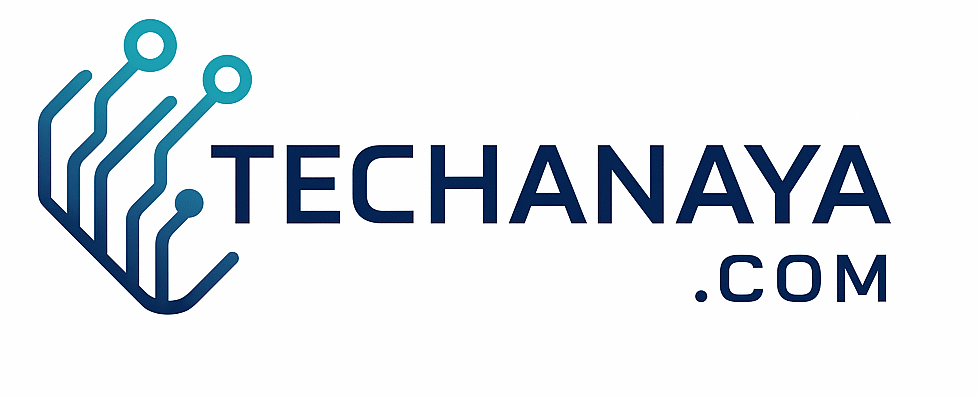POCE Technology: The Next Frontier in Intelligent Connectivity
In a world driven by innovation and connectivity, new technologies continuously reshape how industries operate and how people interact with systems around them. One such emerging advancement is POCE Technology , a term that’s gaining attention in both industrial automation and communication networks. But what exactly is POCE technology, and why is it being discussed as the next evolution in smart connectivity solutions?
At its core, POCE (Power Over Communication Ethernet) technology represents a fusion of power delivery and high-speed data communication through a single network infrastructure. This convergence simplifies cabling, reduces energy waste, and enhances operational efficiency across multiple domains , from smart buildings and surveillance systems to IoT networks and industrial robotics.
This article explores POCE technology in depth , its meaning, applications, benefits, challenges, and the transformative potential it holds for the future.
By the end, you’ll have a clear understanding of how POCE could become a foundational pillar for next-generation intelligent systems and why businesses are rapidly adopting it as part of their digital transformation strategies.

What Is POCE Technology?
POCE (Power Over Communication Ethernet) is an advanced networking technology that enables the transmission of both electrical power and digital data over a single Ethernet cable. It builds upon the principles of PoE (Power over Ethernet) but incorporates higher transmission capacities, improved stability, and enhanced compatibility with emerging smart devices.
Unlike traditional power setups, where separate cables handle electricity and communication signals, POCE consolidates them into one unified line. This results in a more efficient, safer, and cleaner infrastructure setup.
In simpler terms: POCE technology means that a single cable can power a device and enable data communication simultaneously, minimizing wiring complexity and installation costs.
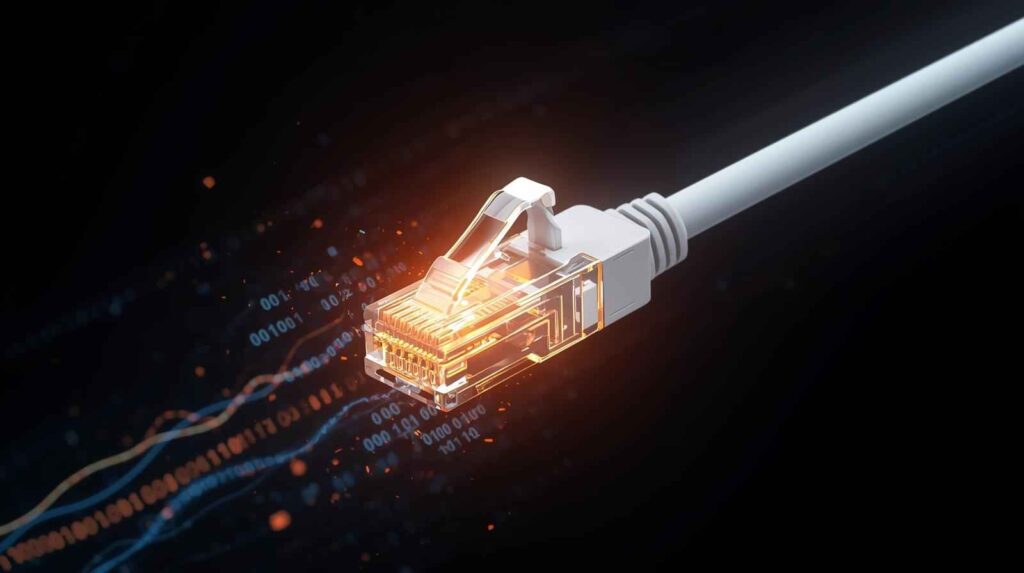
How POCE Differs from Traditional PoE
While POCE and PoE share similar objectives, POCE represents a next-generation upgrade designed to meet the increasing bandwidth and power demands of modern networks.
Here’s a comparison overview:
- Power Capacity: POCE supports higher voltage and current delivery, allowing it to power larger or more demanding devices like industrial sensors, cameras, or servers.
- Data Throughput: Enhanced data transfer rates allow for faster, low-latency communication , essential for AI systems, IoT, and real-time analytics.
- Thermal Management: Improved efficiency reduces heat buildup, increasing the longevity of devices.
- Energy Efficiency: POCE minimizes energy loss during transmission, promoting sustainability.
In short, POCE is PoE 2.0 , smarter, faster, and greener.
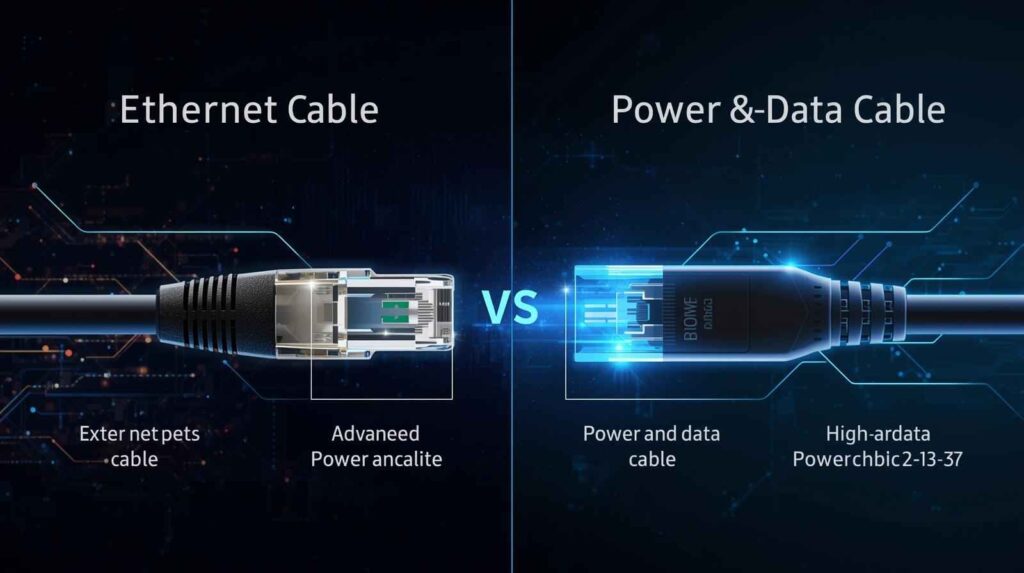
The Core Components of POCE Technology
POCE technology operates through a set of key components that work together to ensure stable power and communication delivery:
- Power Sourcing Equipment (PSE) – Provides electrical power and manages output levels depending on connected device requirements.
- Powered Device (PD) – The endpoint receiving both power and data, such as an IP camera, sensor, or router.
- Ethernet Cabling (Cat6/7) – Serves as the conduit for simultaneous power and data transmission.
- POCE Controller Chips – Regulate power flow, data synchronization, and safety protocols.
Together, these components make POCE systems scalable, modular, and adaptable for use in complex digital infrastructures.
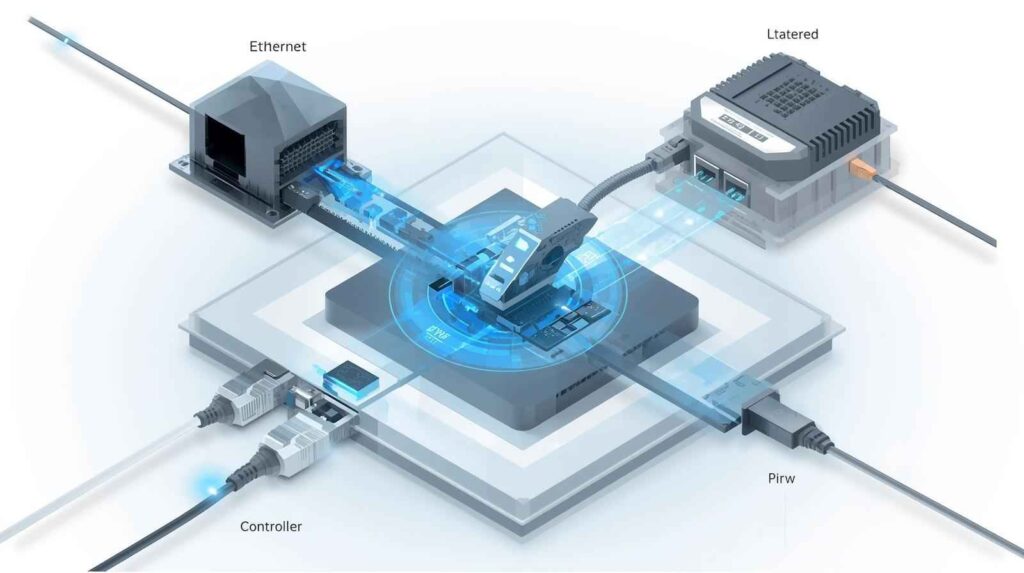
Why POCE Matters in Modern Technology
The importance of POCE technology lies in its versatility and efficiency. As industries pursue automation, IoT integration, and digital transformation, there’s a growing demand for systems that reduce infrastructure complexity without sacrificing performance.
POCE addresses this by:
- Reducing installation time and material costs.
- Providing energy-efficient power management.
- Enabling faster and more reliable data communication.
- Supporting large-scale IoT deployments with minimal cabling.
It’s not just a convenience , it’s a strategic enabler for the connected future.

Key Features and Attributes
- Unified Power and Data Transmission – One cable handles both roles seamlessly.
- High Bandwidth Capability – Supports gigabit and multi-gigabit speeds.
- Safety and Fault Detection – Built-in protection prevents overcurrent and overheating.
- Interoperability – Compatible with existing Ethernet standards and smart devices.
- Eco-Friendly Efficiency – Lower power wastage aligns with green technology goals.
These attributes make POCE a preferred solution for enterprises and network engineers aiming for robust, sustainable infrastructures.
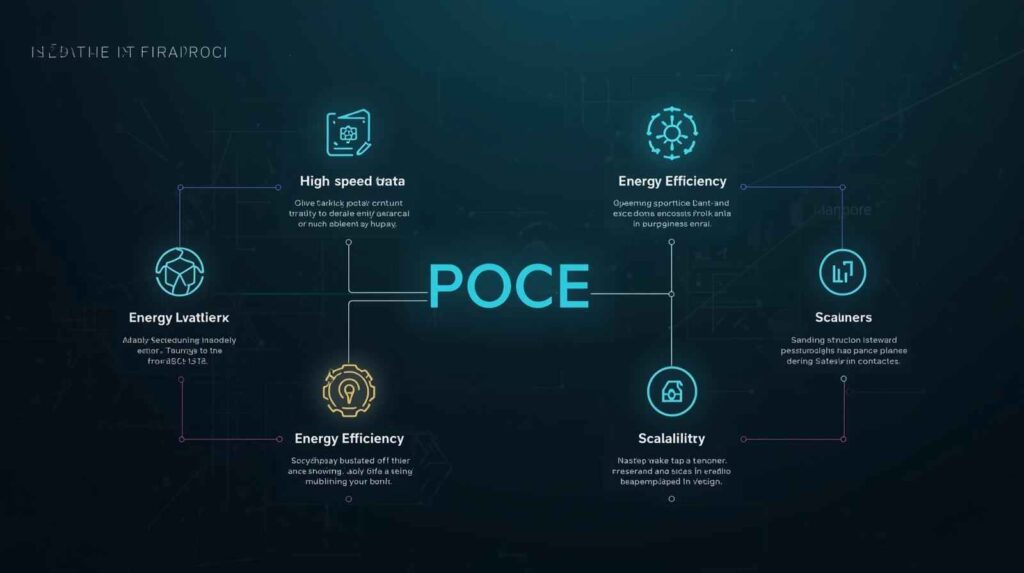
Practical Applications and Use Cases
POCE technology finds applications across multiple sectors where efficient connectivity is essential:
1. Smart Buildings and Infrastructure
POCE simplifies the integration of security systems, sensors, lighting, and HVAC controls. Each device can be powered and connected using the same network infrastructure, improving scalability and maintenance efficiency.
2. Industrial Automation
Factories and logistics centers rely on real-time machine data. POCE enables industrial robots, control panels, and monitoring systems to operate without complex wiring setups, reducing downtime and boosting productivity.
3. Internet of Things (IoT)
POCE acts as the backbone for IoT ecosystems, delivering continuous power and data to distributed devices , from environmental sensors to smart city grids.
4. Surveillance and Security
For security cameras, POCE offers a stable power and communication link, ensuring uninterrupted performance even during network surges or distance fluctuations.
5. Healthcare Systems
Medical equipment, patient monitoring devices, and smart diagnostic tools can all benefit from POCE’s secure, low-latency network connections.
6. Data Centers and Cloud Environments
POCE improves energy distribution in data centers while maintaining high-speed connectivity for servers and routers , a critical factor in optimizing uptime and performance.
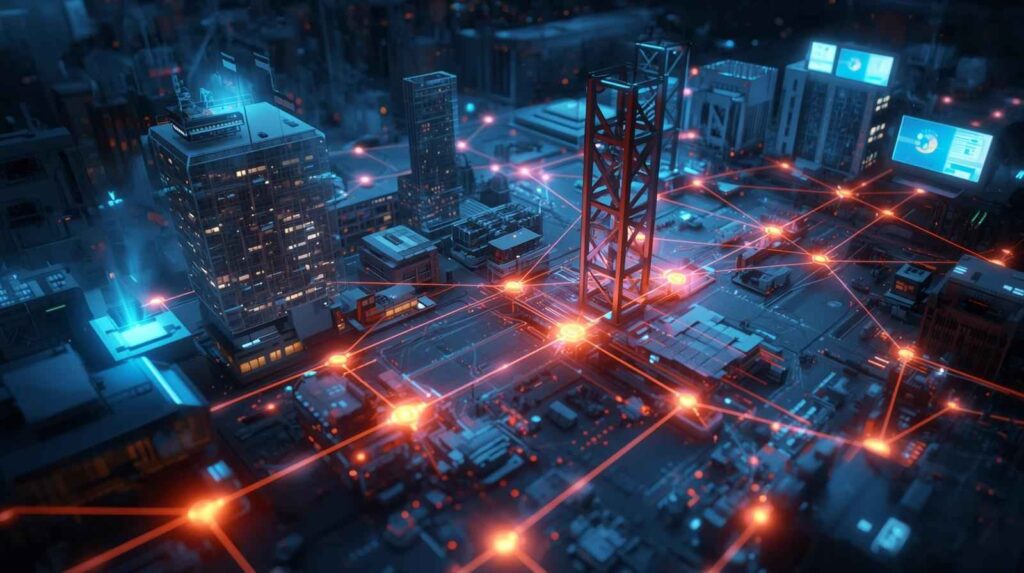
Benefits of Adopting POCE Technology
- Reduced Infrastructure Costs – Fewer cables mean lower material and labor expenses.
- Improved Reliability – Unified systems minimize potential failure points.
- Simplified Maintenance – Easier troubleshooting and device management.
- Sustainability – Lower energy waste supports environmental goals.
- Enhanced Scalability – New devices can be added quickly without rewiring.
- Greater Safety – Built-in surge and short-circuit protection.
These advantages make POCE especially appealing for organizations pursuing long-term digital sustainability.

Challenges and Considerations
Like any technology, POCE faces certain challenges that must be addressed for wider adoption:
- Initial Cost of Implementation – Upgrading existing infrastructure can be expensive.
- Compatibility Issues – Older devices or networks may not support POCE standards.
- Heat Management – High power transmission over small cables requires careful thermal control.
- Standardization Gaps – Industry-wide technical standards for POCE are still evolving.
However, these challenges are temporary. As adoption grows, economies of scale and global collaboration will reduce costs and improve interoperability.
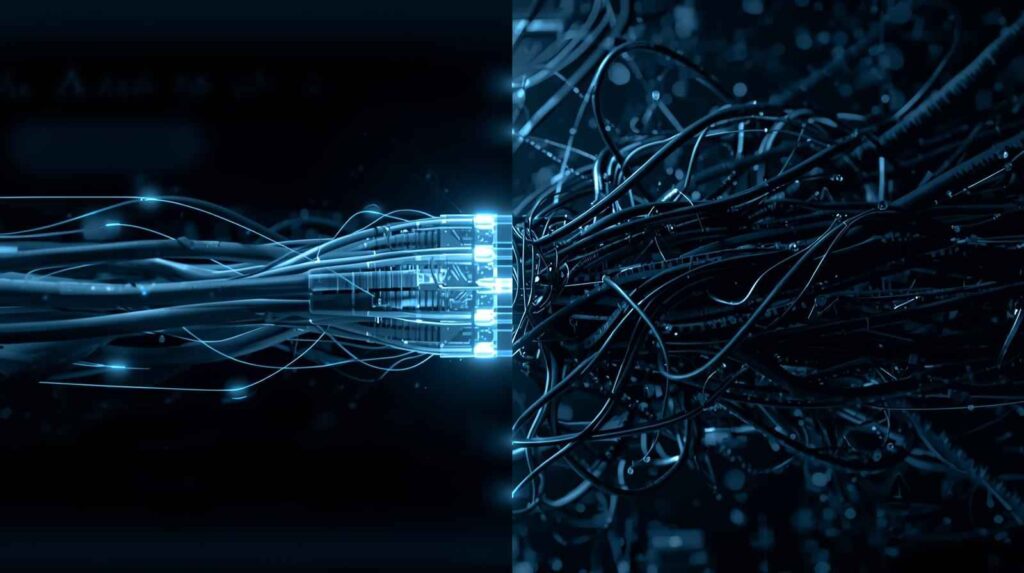
The Future of POCE Technology
The future of POCE is closely tied to IoT expansion, 5G networks, AI integration, and sustainable infrastructure. As industries migrate to smarter ecosystems, POCE will serve as a core enabler of intelligent connectivity.
Expect future advancements like:
- Dynamic Power Allocation – Automatically adjusting energy delivery based on device needs.
- Edge Computing Integration – Powering local data processors directly through POCE lines.
- Enhanced AI Networking – Supporting high-bandwidth communication for machine learning applications.
- Eco-Optimized Designs – New materials reducing energy loss and carbon footprints.
In essence, POCE represents not just a technical upgrade, but a philosophical shift toward efficient, unified, and sustainable network design.

Common Misconceptions about POCE
- “It’s just PoE rebranded.”
Not true. POCE extends PoE’s principles with greater power capacity, bandwidth, and energy efficiency. - “It’s only for IT infrastructure.”
POCE is versatile, serving smart cities, manufacturing, healthcare, and transportation equally. - “It’s expensive to implement.”
While initial setup costs can be higher, long-term savings outweigh the investment. - “It’s risky to transmit power and data together.”
POCE includes advanced isolation and safety protocols to prevent interference or damage.
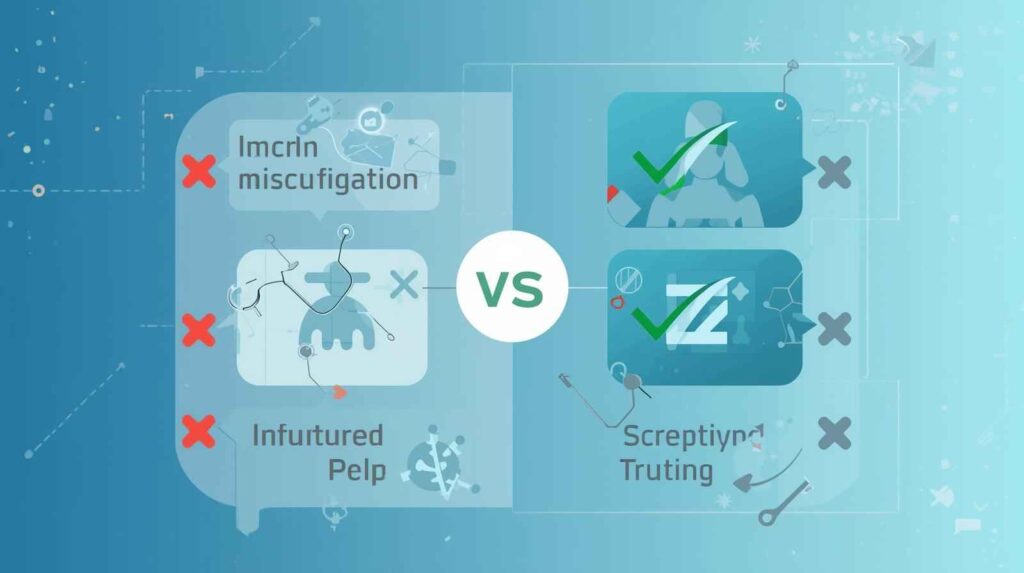
Future Trends and Industry Adoption
- Smart Cities: POCE will underpin traffic systems, street lighting, and public sensors.
- 5G Infrastructure: Enhancing tower connectivity and base station efficiency.
- Green Buildings: Supporting LEED and sustainability certifications through energy efficiency.
- AI-Driven Networks: Providing real-time data and power for adaptive intelligent systems.
- Education and Research: Universities and labs adopting POCE for low-maintenance tech labs.
Analysts predict that POCE adoption will grow exponentially over the next decade as industries seek simpler, smarter, and greener network solutions.

Best Practices for Implementation
- Conduct a network assessment to evaluate current power and data demands.
- Use certified POCE-compatible equipment and high-grade cabling.
- Prioritize energy management features in device selection.
- Implement thermal control and surge protection systems.
- Train staff on maintenance, safety, and monitoring protocols.
Proper planning ensures maximum ROI and long-term performance stability.

Frequently Asked Questions (FAQs)
1. What does POCE stand for?
POCE stands for Power Over Communication Ethernet , a system that delivers power and data through one Ethernet cable.
2. How is POCE different from traditional PoE?
POCE supports higher power levels, faster data rates, and improved efficiency, making it suitable for modern industrial and IoT applications.
3. Can POCE work with existing Ethernet infrastructure?
Yes, POCE is backward compatible with most standard Ethernet setups, though optimal performance requires certified POCE equipment.
4. Is POCE safe for sensitive devices?
Absolutely. It includes advanced protection mechanisms to prevent overheating, overload, and data interference.
5. Where is POCE technology most commonly used?
Smart buildings, industrial automation, IoT networks, surveillance systems, and data centers.
6. What are the long-term benefits of adopting POCE?
Reduced energy consumption, streamlined infrastructure, scalability, and sustainable operational efficiency.
7. Is POCE the future of networking?
Yes, as data and power needs grow, POCE is expected to become a global standard for intelligent connectivity.

Conclusion
POCE technology represents a pivotal step in the evolution of modern communication and energy systems. By merging power delivery and data transmission into one efficient network, it embodies the essence of smart infrastructure , simple, sustainable, and scalable.
As industries shift toward automation, AI, and IoT ecosystems, POCE stands ready to support that transition with flexibility, performance, and reliability. The future belongs to networks that think, communicate, and power themselves intelligently , and POCE is the bridge that makes that vision possible.
